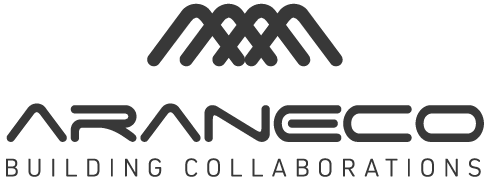Sustainability and hybrid work goes together. Equipping your offices with beautifully designed Cisco devices allows you to bridge the distance between teams, leverage powerful data and insights, and infuse your workspaces with intelligence. It can also help you get closer to your sustainability goals. From circular design to active usage and optimization, all the way down to end-of-life management. Because we don’t just care about our own net-zero journey. We care about yours, too.
Circular design
As a society, we are using more natural resources than our planet can regenerate. It’s our responsibility to move from a linear consumption-based model to a circular one that looks beyond the current take-make-waste model and takes better care of our limited natural resources.
Cisco has committed to having 100 percent of new products and packaging to incorporate circular design principles by 2025. These principles encompass material use, standardization and modularization, packaging and accessories, smart energy consumption, and disassembly, reuse and repair. But what goes on behind the scenes, and how are we delivering on this when designing devices? The Cisco Devices business unit recently hit a big milestone – shipping 52.6% total post-consumer recycled plastic (PCR) in Q3, Fiscal Year 2024.
To exemplify how we translate these circular design principles to tangible sustainability outcomes, let’s have a look at the new 9800 Desk Phone series, which we launched at Enterprise Connect this year.

- More than 74% of the plastic in the product is PCR plastic.
- 100% recyclable packaging.
- Less than 2% paint
- Over 93% of the main mechanical parts by weight could be disassembled by a common hand tool for ease of recycling, including plastic, metal, rubber, etc.
- EnergyStar certified
- Low-power modes for energy efficiency
Moving into the meeting room and comparing our Cisco Room Bar to its predecessor, the Room Kit Mini, we reduced the packaging volume by 17 liters, allowing for 18 more units to be stacked on a pallet, increasing shipping efficiencies. We have minimized the use of single-use plastic and foam and created a 100% recyclable packaging that is expected to eliminate up to 165,000 pounds of packaging material per year. In addition to all of this, the Cisco Room Bar has been designed to be easy to repair, refurbish and recycle, extending and optimizing its overall lifecycle – just like the rest of our devices.
Active usage
Cisco is working to reduce its Scope 3 emissions, and as a result, our customers’ emissions by engineering more energy-efficient products. However, simply making energy efficient products is not enough – we must create solutions that help optimize energy usage. Cue Office Hours – a feature within Control Hub that allows you to turn off always-on features such as digital signage and automatic wakeups for a set number of hours. The device then goes into standby mode, which both helps you to save energy and extend the lifetime of your screens. A lot of our devices can go into a “deep sleep” mode, called Networked Standby. For example, when the Cisco Board Pro goes into a networked standby mode, we reduce the energy consumption by between 85% and 89%, depending on the model. * This radically reduces your energy bills and your emissions. Want to dig deeper into the different devices’ energy consumption in different states? Check out our Cisco devices power consumption management paper.
Optimization and reporting
You cannot improve what you cannot measure. Leveraging the power of our platform, you can find an overview of your devices’ energy usage and associated carbon emissions in the sustainability tab in Control Hub. The carbon emission estimates from the devices’ usage are based on standardized formulas from agencies like the U.S Environmental Protection Agency, however admins can also input their own power-to-CO2 emission factors. Additionally, you can pull reports on the devices’ power consumption in different modes and use that information to create custom calculations – making sustainability reporting that much easier.
End-of-life management
Cisco has committed to having 100% product returns. This is why we have The Cisco Takeback and Reuse Program. This program lets Cisco equipment owners return hardware that has reached end-of-use, at no cost. As always with Cisco, security is a top priority, so any returned equipment is stored in a secure location and data is cleared from returned hard drives to protect data security.
By investing in Cisco devices, you are not only investing in amazing hybrid employee experiences, but also in quality, longevity and sustainability. Learn more about our sustainability efforts here.
*Based on average power consumption on Cisco Board Pro’s 55” and 75” in Networked Standby compared to Display Off.
The post Driving sustainable hybrid work with Cisco devices first appeared on Webex Blog.


